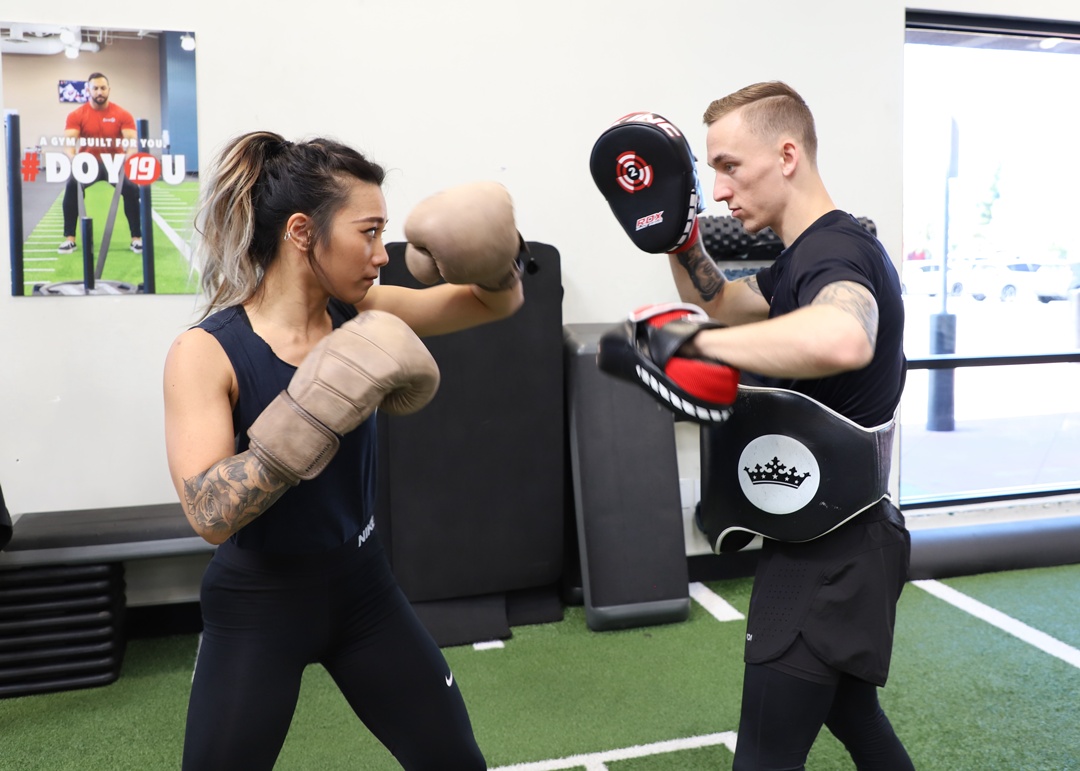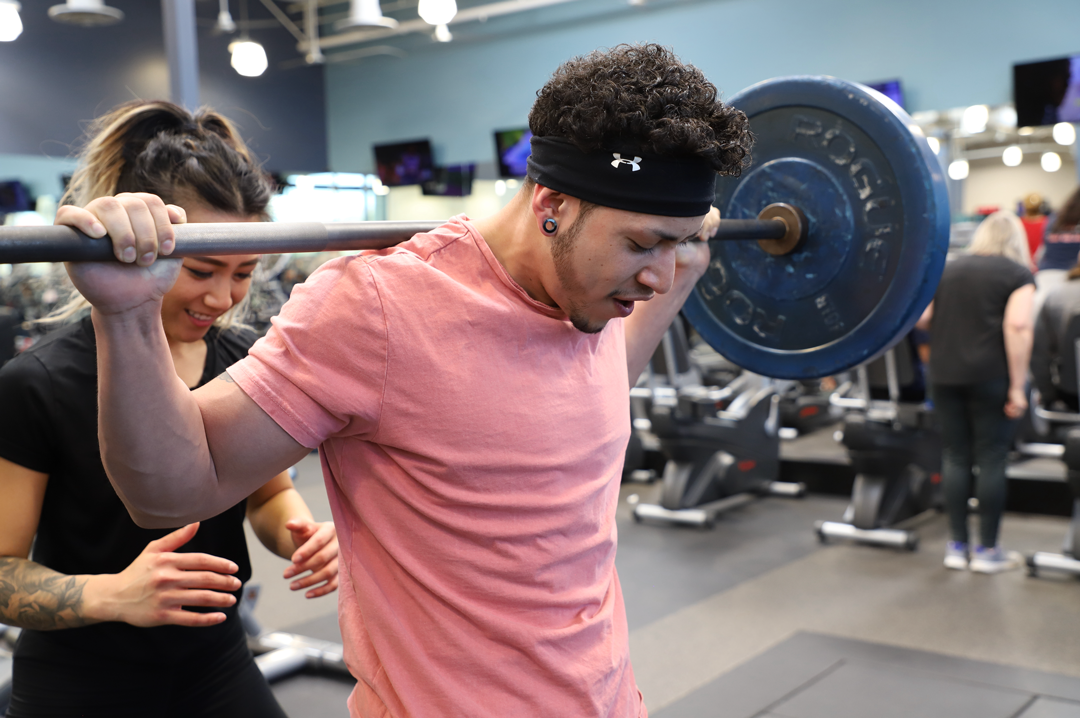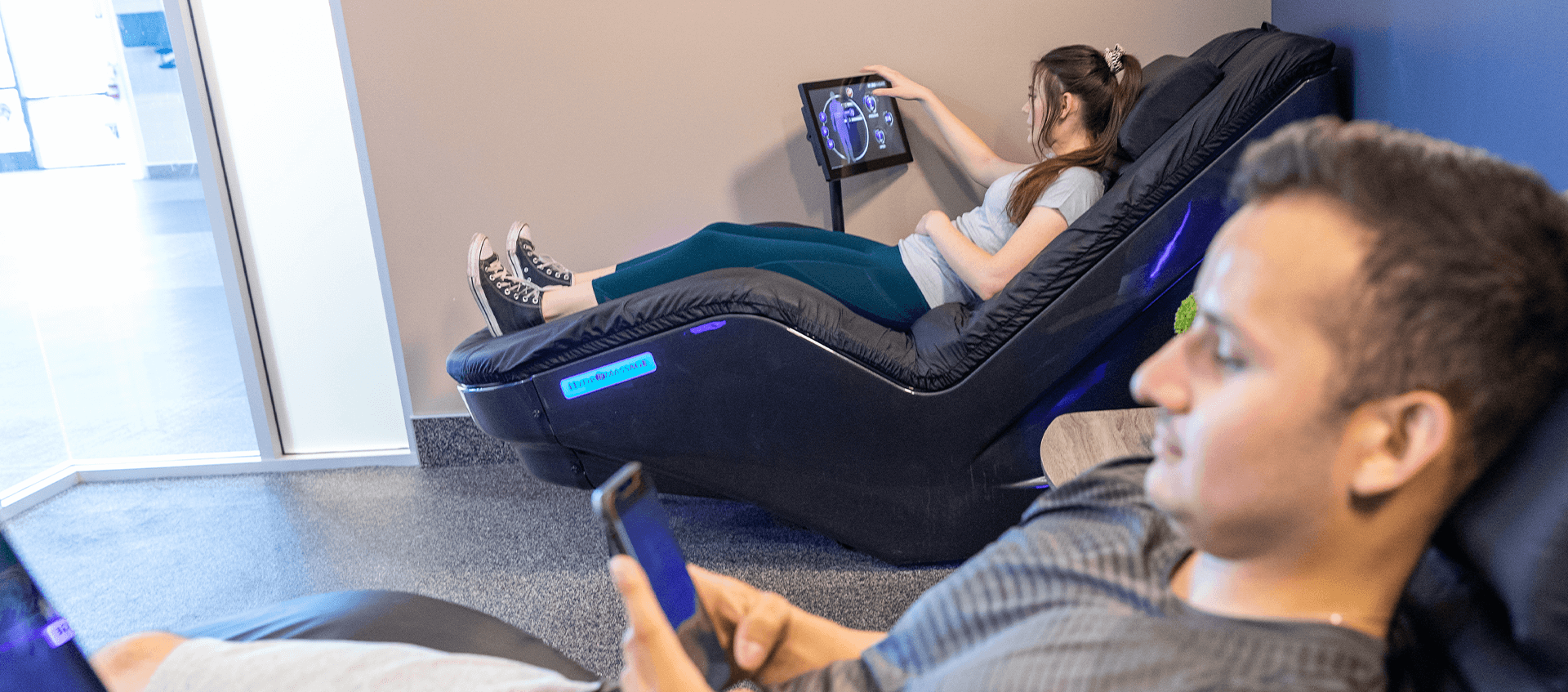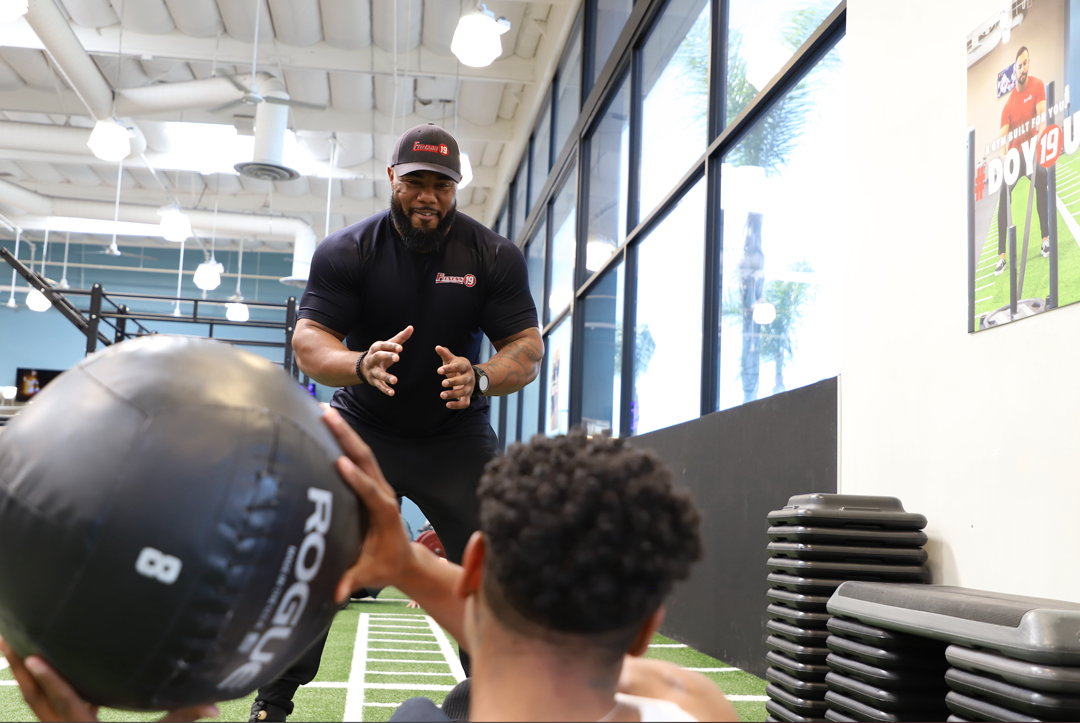- Blog
- How to Reduce Muscle Soreness: DOMS Explained
- June 23, 2021 |
- Strength Training | General Health and Wellness | Muscle Recovery
How to Reduce Muscle Soreness: DOMS Explained

Ever had an intense workout and woke up the next day feeling like you were hit by a truck? Welcome to delayed onset muscle soreness, or DOMS. It isn't fun, but there's no reason to let it ruin your day.
The good news is that there are things you can do to help relieve muscle soreness before and after workouts. These include stretching, foam rolling, icing the area, massage and resting.
In this post, we'll discuss what DOMS is and how to avoid it so you don't have to suffer through your workouts!
 What Is DOMS (Delayed Onset Muscle Soreness)?
What Is DOMS (Delayed Onset Muscle Soreness)?
DOMS is a type of soreness that can develop after exercising or any physical activity for that matter. It's not an injury and doesn't need medical attention but often causes pain in the muscles, joints, and tendons.
Muscle aches occur during or after exercise and subside within 24-72 hours without intervention. It's classified as exercise-induced muscle damage.
It's different compared to muscle fatigue or pain you experience during or after exercise. The intensity of DOMS symptoms varies from person to person but it is often due to insufficient recovery time between workouts.
It can occur for a few days after intense exercise and isn't limited to the muscles that were used during your workout, but may also involve other areas of the body.
Although DOMS is often experienced by athletes, anyone who exercises can suffer from it, especially ones who are starting and haven't yet established how intensely they should be working out.
Read more from Fitness 19: 5 Signs Of Overtraining, And What To Do About It
What Causes DOMS?
DOMS can be caused by overuse of the same muscle group every day or excessive exercise, which causes lactic acid to build up in your muscles and causes inflammation and pain in the muscles.
With extended physical activity, our body releases endorphins which help increase our pain tolerance but this effect is temporary. We'll soon feel that pain and discomfort after our exercise.
Experts in recent studies found that eccentric muscle activity is the trigger activity for DOMS.
What is eccentric muscle activity? Eccentric movement is when your muscle is lengthening while contracting. For example, the downward movement of a dumbbell curl or the downward movement of the bench press.
This is because the amount of muscle stress during eccentric movements is much greater than concentric movement (shortening of the muscle).
 Best Ways to Reduce Delayed Onset Muscle Soreness
Best Ways to Reduce Delayed Onset Muscle Soreness
There are many ways to reduce the intensity of DOMS and make it go away faster. We've created a list of interventions to help you reduce the DOMS effect.
Stretch: Perform static stretches after a workout
By stretching you can help reduce the duration of DOMS. You need to stretch all the major muscle groups. Tight muscles are often one culprit behind DOMS so it's important to stretch after strenuous workouts. This will lengthen tight muscles and aid muscle recovery time between sessions, which is beneficial if there aren't enough rest days between workouts.
Static stretching is performed for 30 seconds at a time with passive movement of the joint that you are stretching. It's best to do this type of stretch after exercise because it can cause discomfort if done during intense activity.
Static stretches work by lengthening muscles which promotes flexibility and strength in those specific areas as well as improves blood flow which reduces DOMS.
Stay Hydrated: Drink plenty of fluids throughout the day
Drinking plenty of fluids throughout the day can help the body recover quicker. Dehydration can make muscles feel sore, and lead to muscle spasms as well as aching joints which makes it hard for you to move around without feeling pain.
Water can also help flush out any toxins that have been built up in your system as a result of DOMS, which can cause further inflammation. If you are feeling dehydrated it is best to drink more water or take an electrolyte supplement such as coconut water.
This will also make you feel better because dehydration causes fatigue and lethargy whereas hydration helps with these symptoms too!
Sleep More: Increase sleep duration
Getting an adequate amount of sleep helps your muscles heal faster because they receive the rest that they need after working out so much during the day. If you are tired or unable to get enough sleep, this will result in weaker bones and less energy which means more difficulty moving around with ease when DOMS kicks in.
Read more from Fitness 19: Is 72 Hours Enough For Muscle Recovery?
Cold or Heat: Apply ice packs to sore muscles
Applying ice to the sore area can help reduce inflammation and discomfort, by creating a numbing effect on top of reducing swelling. This will help you to move around more easily if your muscles are less sore because of it.
Place an ice pack or bag of frozen vegetables against your skin for 15 minutes at a time; repeat until the pain subsides but not more than three times in 24 hours as this could cause frostbite.
If you're experiencing muscle stiffness that inhibits movement, heat compresses may be better instead because they increase blood flow while also easing tension
Massage: Use hydromassage, a foam roller or massage ball
Sitting on a hydromassage lounger, using a foam roller or massage ball can help to reduce the inflammation causing muscle soreness, increase your range of motion and make moving easier. This will also allow you to work out any knots in your muscles that may be contributing to the pain caused by DOMS.
Eat a balanced diet
Eating a balanced diet will help to keep your body healthy and strong. This will help to improve the rate of muscle recovery from DOMS if you are injured, or reduce inflammation in muscle soreness that is caused by excessive exercise.
Getting Plenty of Rest
The most obvious way is rest, which reduces any inflammation in the area by allowing time for repair and recovery from damage caused by overuse. If possible, take at least one day off between workouts so that there's enough time for your muscles to heal before another strenuous session.
However, Make sure not too much time passes between workouts as you could lose the benefits of your workouts as well as form bad habits taking too much time between workouts.
Read more from Fitness 19: 10 Ways To Speed Up Muscle Recovery
Conclusion
We all know that muscle soreness is a side effect of working hard in the gym, but it doesn't have to be. You may not be able to avoid soreness altogether, but by following these simple tips you can improve muscle recovery, cut the pain and get back in the gym faster!
There are things you can do before and after your workout to help prevent or alleviate DOMS. Stretching, foam rolling, icing the area, and getting proper rest are just some examples of ways you can take care of yourself!
We hope this post has helped put an end to those pain-filled days with our tips on what causes delayed onset muscle soreness and how to avoid it. Let us know if there's anything else we should cover about preventing DOMS.
Sign Up for a Free 3-Day Guest Pass!
No commitment is necessary.
